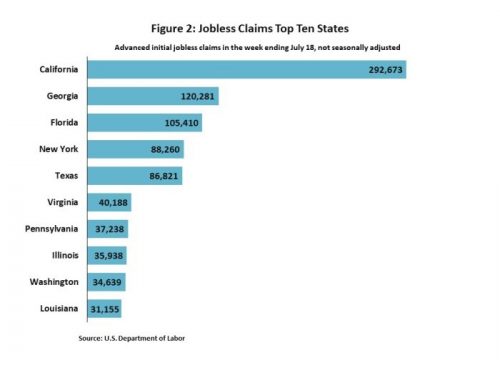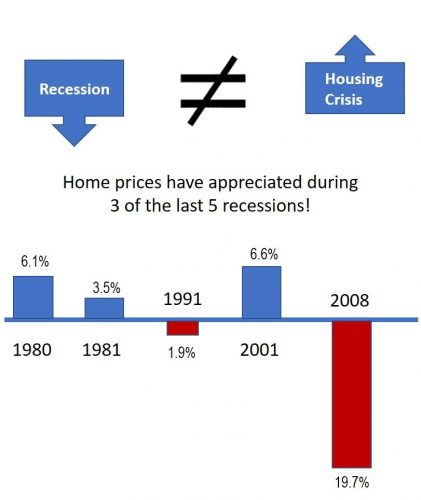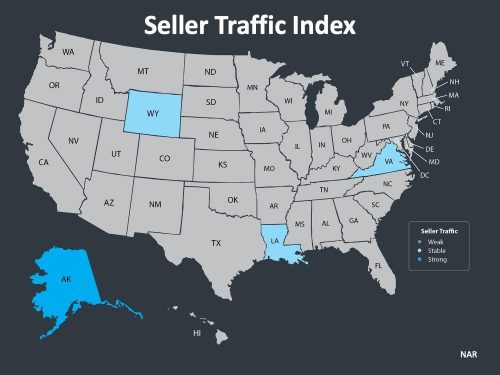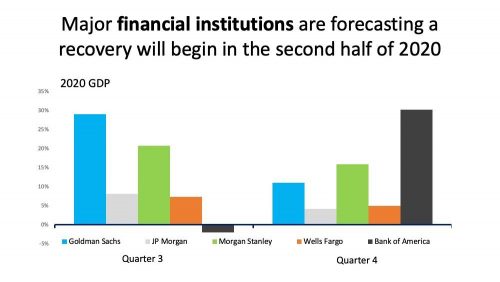Throughout my 30 years in the relocation industry, I’ve often been asked, “Do we need to think about hiring a relocation management company to help us; we only move about 5 people a year?”
The answer is: Absolutely, yes!
Relocation is time consuming and no small investment. It is necessary, but also, ever changing. Keeping up with tax rules, industry insights, current trends, IRS compliance, and ensuring your transferees are happy, well, that’s a lot to manage along with all your other core responsibilities.
Partnering with a relocation management company, can save you critical hours and help keep relocation costs down. Relocating is a complex process, in which each milestone is dependent upon the successful implementation of the milestone that just came before. It’s establishing and following a strategic timeline that minimizes the stress the transferee and their family are facing. It’s providing real-time solutions, on weekends, holidays and late into the night…often when real estate transactions occur. It’s not a nine-to- five business. It’s 24/7!
When managing your relocation program internally, deciding who will manage the relocation for the company is the first step. Often, the HR manager will become responsible, and, the wrangling begins. Identifying multiple vendors, vetting them, and then negotiating pricing contracts for each one can become daunting. Without integrated systems, how does the HR manager troubleshoot before problems occur, or have vendors communicating with each other effectively? Being able to resolve a problem early, before it becomes loudly escalated, is paramount for everyone.
Meanwhile, if the employee has been given a lump sum and is managing everything on their own, they become entangled in finding the “right” resources to help them. Therefore, the added pitfalls of being inexperienced with the steps involved with relocation, and any nuances specific to their marketplace, only add unnecessary stress to an already stressful situation. If an unforeseen situation or problem arises, the transferee is often forced to focus on these issues, rather than the new role and position in the new location. Loss of productivity equals loss of revenue/profit.
Outsourcing your relocation program, to an experienced relocation management company (RMC), minimizes these concerns, because all aspects of a relocation are managed by a single-point-of-coordination for each transferee. The RMC consultant, becomes a friend, advocate, and coach…keeping an eye on each process, proactively troubleshooting any issues, overseeing and monitoring suppliers and their deliverables, and providing hands-on accountability to the transferee and the client.
Operations are simplified, systems are in place, supply chain networks are employed to increase efficiencies, and preferential pricing is already established. All of this together, reduces the stress levels for both the HR manager and their transferee.
Additionally, when a company elects to outsource their relocation program, the RMC can provide a variety of program options, designed and tailored, to meet a client’s business objectives and goals. From utilizing different home sale programs (e.g. Buyer Value Option (BVO)) to calculating proper gross-up figures, and helping reduce costly exceptions make this relationship a wonderful partnership. Not to mention, the amount of time saved and frustrations relieved for the HR manager and the transferee.
Why Lawrence Relocation?
Clients of every size benefit from outsourcing with an RMC but, by working with Lawrence Relocation you and your transferees immediately gain access to years of industry expertise and best practices, along with a dedicated account manager who’s priority is you!
Our boutique operation is perfect for companies who want high-touch, and VIP treatment for every transferee. We are not a relocation-mill. We work with clients who we like, and who like us. Our commitment, to excellent service, high-touch approach, cost management, and VIP services is what sets us apart.
Have questions or want to learn more about Lawrence Relocation, please email Ginny Taylor, Director of Relocation Services.








